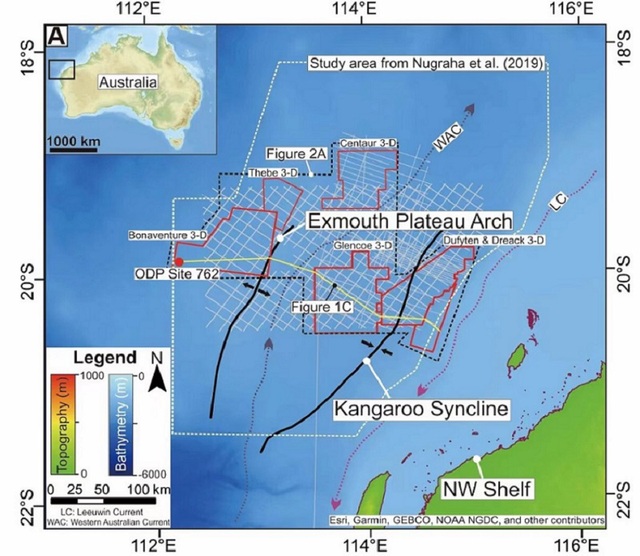Nan Wu1, Christopher A.-L. Jackson2, Michael A. Clare3, David M. Hodgson4, HaryaD. Nugraha5, Michael J. Steventon6 and Guangfa Zhong1
1 State Key Laboratory of Marine Geology, Tongji University, 1239 Siping Road, Shanghai 200092, China
2 Department of Earth Science and Engineering, Imperial College London, Prince Consort Road, London SW7 2BP, UK
3 Ocean BioGeosciences, National Oceanography Centre, Southampton SO14 3ZH, UK
4 School of Earth and Environment, University of Leeds, Leeds LS2 9JT, UK
5 Center for Sustainable Geoscience, Universitas Pertamina, Jakarta 12220, Indonesia
6 Shell Research, Shell Centre, London SE1 7NA, UK
Abstract:
Oozes are the most widespread deep-sea sediment in the global ocean, but very little is known about how changes in their physical properties during burial impact slope stabil-ity and related geohazards. We used three-dimensional seismic reflection, geochemical, and petrophysical data acquired both within and adjacent to 13 large (in total ∼6330 km2) submarine slides on the Exmouth Plateau, North West Shelf, Australia, to investigate how the pre-slide physical properties of oozes control slope failure and emplacement processes. Our integrated data set allows potential slide surfaces to be detected within ooze successions, a crucial advance for improved submarine geohazard assessment. Moreover, we demonstrate that the interplay of tectonics, ocean current activity, and silica diagenesis can prime multiple slides on very low-gradient slopes in tropical oceanic basins. Therefore, the diagenetic state of silica-rich sediments should be considered in future studies to improve slope stability assessments.
Full article: https://doi.org/10.1130/G50458.1



